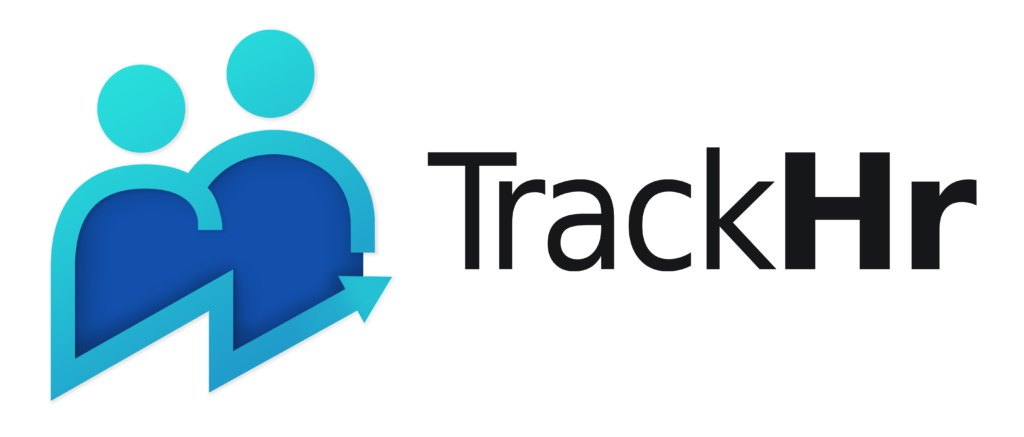Monday, 13 Jan 2025
The Rise of Employee Management Systems
Table of Content
- Introduction
- Understanding Employee Management Systems
- Key Features of Employee Management Systems
- Benefits of Implementing Employee Management Systems
- Conclusion
Introduction
In today’s rapidly evolving corporate landscape, businesses are constantly searching for innovative solutions to enhance their organizational efficiency and productivity. One significant development that has transformed the way companies manage their workforce is the advent of Employee Management Systems (EMS). These sophisticated software platforms have gained popularity across industries due to their ability to streamline various HR processes and revolutionize the employee experience. This blog delves into the rise of Employee Management Systems, their key features, and the benefits they bring to modern workplaces.
Understanding Employee Management Systems
Employee Management Systems, often referred to as HRMS (Human Resource Management Systems) or HRIS (Human Resource Information Systems), are comprehensive software tools designed to centralize and automate human resource functions. These systems consolidate data related to personnel, attendance, payroll, performance evaluations, recruitment, and more, all within a single, easily accessible platform. With real-time access to relevant data, businesses can make informed decisions, optimize workflows, and cultivate a more engaged and efficient workforce.
Key Features of Employee Management Systems
Personnel Records
: Employee Management Systems store and organize essential information about each employee, including contact details, job history, qualifications, certifications, and performance evaluations. This data serves as a valuable resource for HR teams during various administrative processes.
- Attendance and Time Tracking: With integrated attendance and time tracking modules, EMS allows employees to record their working hours accurately. This feature minimizes attendance disputes and enables HR managers to monitor workforce productivity efficiently.
- Payroll Management: EMS automates payroll calculations, deductions, tax withholdings, and direct deposits, eliminating the need for manual calculations and significantly reducing the likelihood of errors. Timely and accurate payroll processing boosts employee satisfaction and ensures compliance with labor regulations.
- Performance Evaluation and Goal Management: Employee Management Systems facilitate performance evaluations and goal tracking. Managers can set objectives, provide feedback, and assess employee progress, all within the system. This promotes transparency and aligns individual efforts with the company’s overarching objectives.
- Recruitment and Onboarding: HR teams can streamline the recruitment process by using EMS to post job listings, screen candidates, schedule interviews, and manage onboarding tasks. This not only saves time and effort but also enhances the candidate experience, contributing to a positive employer brand.
Benefits of Implementing Employee Management Systems
- Improved Efficiency: The centralization and automation of HR processes lead to increased efficiency and reduced administrative burdens. HR teams can allocate more time to strategic planning and employee development, enhancing overall organizational productivity.
- Enhanced Data Security: Employee Management Systems ensure data security and privacy compliance. Access controls and encryption measures protect sensitive employee information from unauthorized access or data breaches.
- Increased Employee Engagement: Empowering employees with self-service options, such as accessing payslips, updating personal information, and requesting time off, fosters a sense of ownership and engagement. A satisfied and engaged workforce is more likely to stay loyal to the organization.
- Data-Driven Decision Making: EMS provides real-time insights into employee performance, attendance patterns, turnover rates, and other crucial metrics. Data-driven decision making enables organizations to identify areas for improvement and implement targeted strategies.
- Regulatory Compliance: Compliance with labor laws and industry regulations is critical for any organization. Employee Management Systems help ensure adherence to legal requirements, reducing the risk of fines or legal repercussions.
Conclusion
The rise of Employee Management Systems has transformed the way businesses manage their workforce. These versatile platforms have proven to be instrumental in streamlining HR processes, boosting employee engagement, and optimizing overall organizational efficiency. As businesses continue to embrace digital transformation, implementing a robust and comprehensive Employee Management System becomes a strategic imperative to stay ahead in the dynamic corporate landscape. By investing in such technology, companies can foster a positive work environment, promote productivity, and position themselves for sustainable growth in the future.
